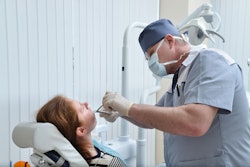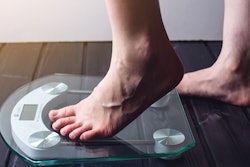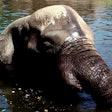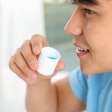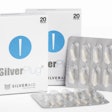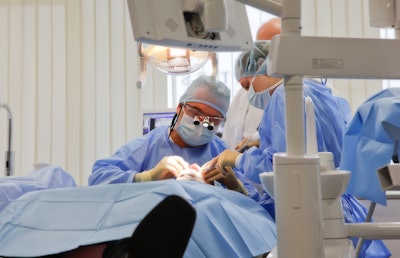
Computer-assisted oral surgery may not lessen postoperative pain, but it does shorten the duration of the procedure compared to the conventional freehand method. The clinical trial was published on June 20 in the Journal of Dentistry.
Moreover, virtual planning and static navigation are effective methods for the open exposure of palatally impacted canines, the authors wrote.
"Computer-assisted surgery is a feasible method for open exposure of palatally impacted canines, which decreases the duration of surgery compared to the freehand method," wrote the authors, led by Márton Kivovics of Semmelweis University in Hungary.
To compare the two surgical methods, 21 patients ages 11 to 30 requiring orthodontic eruption for fully impacted canines located on the palate were included in the study. Virtual planning software was used to integrate intraoral scans and cone-beam computed tomography data, which facilitated the design of a surgical template.
In the test group, the surgical template guided the exposure of the impacted canines, while in the control group, the surgeon used only the surgical plan to locate and expose the canines. Thirteen impacted canines from nine patients were surgically exposed in the test group. In the control group, 15 impacted canines from 12 patients were surgically exposed, they wrote.
Outcomes were measured by the success of the intervention, the surgery duration, and complications such as excessive hemorrhaging, damage to the canine or surrounding anatomical structures, and postoperative inflammation at the surgical site. Patients reported postoperative pain using the visual analog scale (VAS), the authors wrote.
The open exposure of palatally impacted canines was successful for all patients in both groups. Furthermore, the duration of surgery was significantly shorter in the test group, averaging four minutes and 45.1 seconds ± 1 minute and 8.4 seconds compared to seven minutes and 22.3 seconds ± 56.02 seconds in the control group, they wrote.
Moreover, no statistically significant differences were observed in the VAS scores between the two groups, according to the results.
The study had limitations. The static navigation approach for exposing impacted canines is costly and time-consuming due to the need for a surgical template. However, the reduced surgical time from virtual planning can improve young patients' compliance, the authors added.
"(Although postoperative pain didn't differ between the two methods,) computer-assisted surgery decreased the duration of surgery for the open exposure of palatally impacted canines," they wrote.





